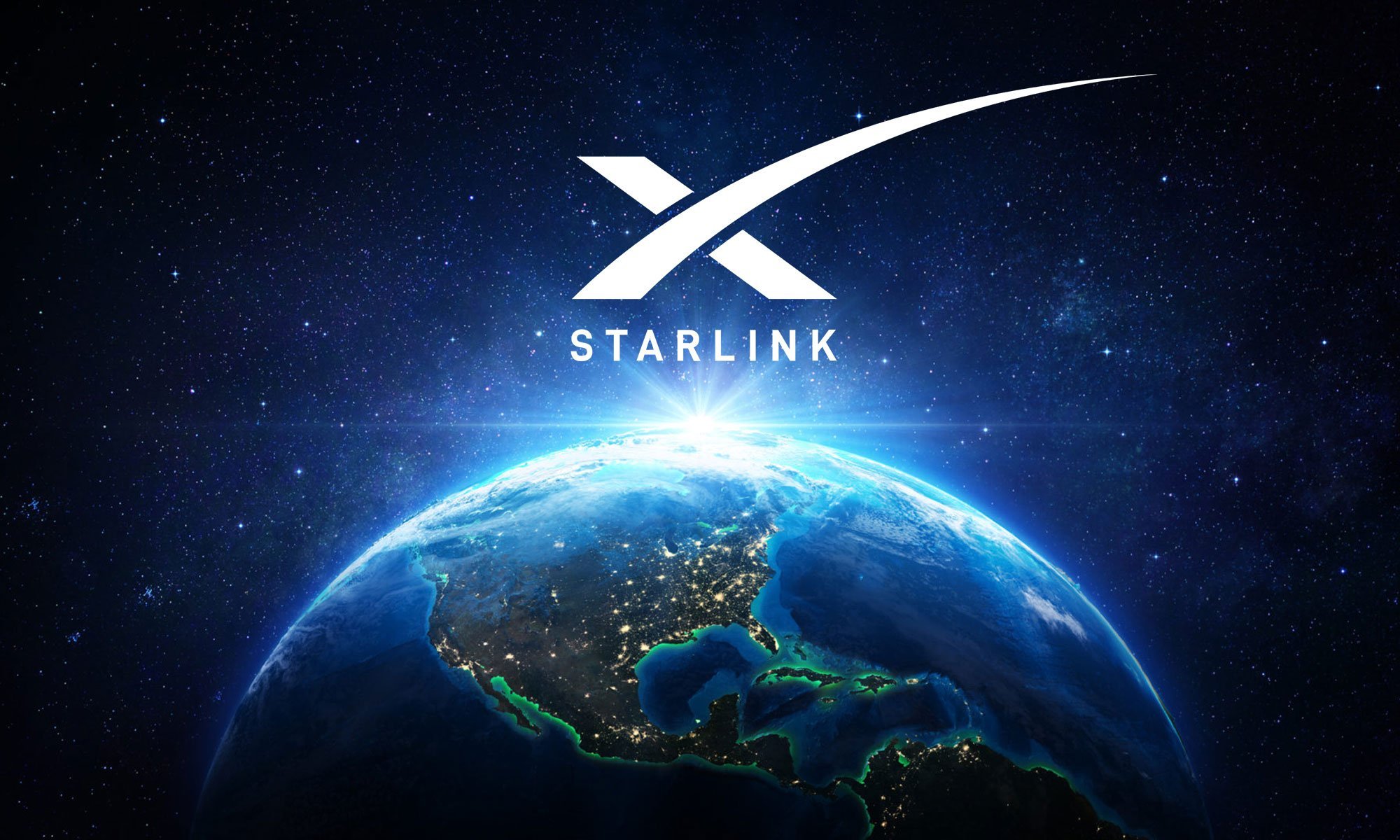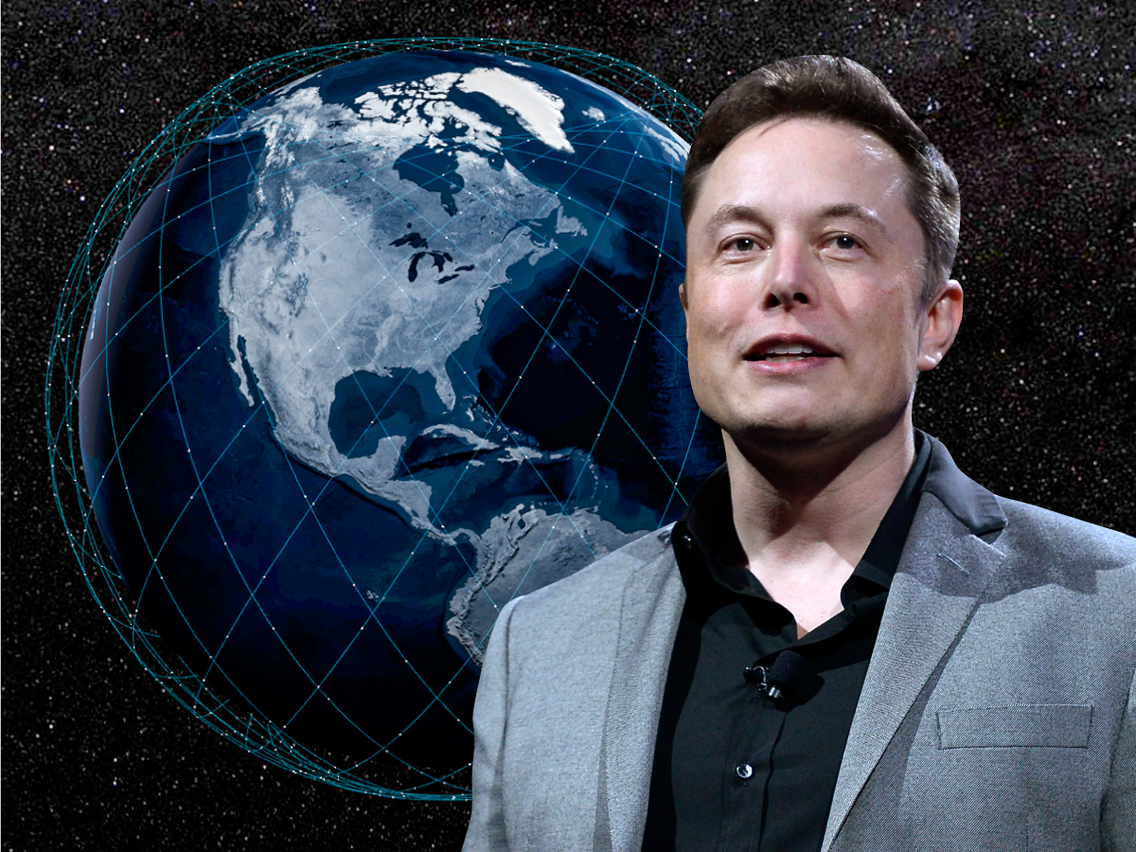
SpaceX CEO Elon Musk has announced a full launch date for the Starlink satellite system. The program will finish its open beta stage in October. Previously, the procedure was planned to take place in August.
Despite the formal full-fledged launch, access to the service will not be available everywhere - this requires a separate permission from government regulators. However, it is not yet clear how the regional regulators will be able to restrict the use of the service.
On September 14, SpaceX has already successfully launched its Falcon 9 rocket since the beginning of the year, delivering Starlink satellites to the planet's orbital trajectory. This event marked the transition of the system to the next stage of development. The main goal of the Starlink Group 2-1 mission was the withdrawal of the first group of 51 satellites of modification 1.5, equipped with laser interconnections. The latest technological solution using lasers, which the company's engineers have been engaged in for several years, makes it possible to transfer data using neighboring satellites as an intermediate signal transmission point. This technology will help, first of all, to provide connection to the network in areas where there are no ground stations.
Chronicle of events
The completion of a third of the Starlink satellites (about 1,700 pieces) in the first phase took place back in July. At the moment, the construction of infrastructure for ground terminals is continuing, allowing the largest number of users to have access to the Internet. On August 23, Musk announced that the number of terminal shipments had passed the one hundred thousand mark. The service is currently available in 12 countries in beta.

At Mobile World Congress 2021 in August, Musk talked about the future direction of Starlink. The main goal of the company is to attract more than half a million users in the coming year.
In addition, SpaceX has filed an application with the US Federal Communications Commission, in which it outlined the details of the Starlink Gen2 program - it is expected that the company will be able to use the next generation ship in the required configuration to send 400 satellites into space at a time, and in the future will extend the Starlink Internet to the moon. and Mars in case of successful mastering of these space objects. The documentation provides information on the distribution of nearly 30,000 satellites at nine different orbital altitudes. Following the presentation, Amazon filed an objection with the FCC regarding the regulatory approval for the launch of the next generation of Starlink satellites.
Despite the formal full-fledged launch, access to the service will not be available everywhere - this requires a separate permission from government regulators. However, it is not yet clear how the regional regulators will be able to restrict the use of the service.
On September 14, SpaceX has already successfully launched its Falcon 9 rocket since the beginning of the year, delivering Starlink satellites to the planet's orbital trajectory. This event marked the transition of the system to the next stage of development. The main goal of the Starlink Group 2-1 mission was the withdrawal of the first group of 51 satellites of modification 1.5, equipped with laser interconnections. The latest technological solution using lasers, which the company's engineers have been engaged in for several years, makes it possible to transfer data using neighboring satellites as an intermediate signal transmission point. This technology will help, first of all, to provide connection to the network in areas where there are no ground stations.
Chronicle of events
The completion of a third of the Starlink satellites (about 1,700 pieces) in the first phase took place back in July. At the moment, the construction of infrastructure for ground terminals is continuing, allowing the largest number of users to have access to the Internet. On August 23, Musk announced that the number of terminal shipments had passed the one hundred thousand mark. The service is currently available in 12 countries in beta.

At Mobile World Congress 2021 in August, Musk talked about the future direction of Starlink. The main goal of the company is to attract more than half a million users in the coming year.
In addition, SpaceX has filed an application with the US Federal Communications Commission, in which it outlined the details of the Starlink Gen2 program - it is expected that the company will be able to use the next generation ship in the required configuration to send 400 satellites into space at a time, and in the future will extend the Starlink Internet to the moon. and Mars in case of successful mastering of these space objects. The documentation provides information on the distribution of nearly 30,000 satellites at nine different orbital altitudes. Following the presentation, Amazon filed an objection with the FCC regarding the regulatory approval for the launch of the next generation of Starlink satellites.
Login or register to post comments
Comments 0